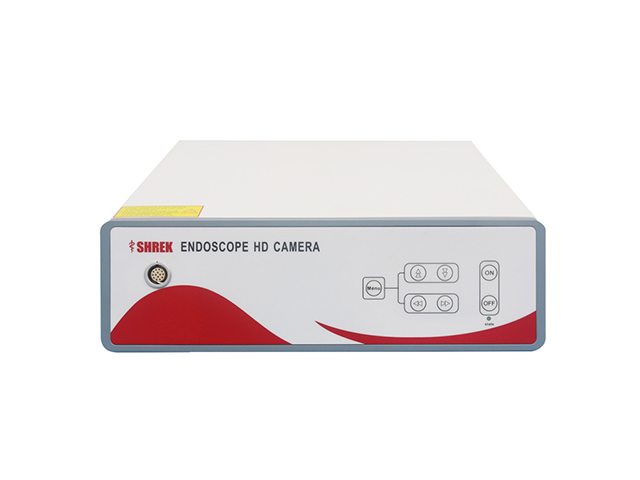SHREK NEWS
How to choose the appropriate medical endoscope monitor?

Choosing the appropriate medical endoscope monitor requires considering several factors, such as image quality, resolution, size, and compatibility with the endoscope.
Here are some steps to help you choose the appropriate medical endoscope monitor:
Image quality: The image quality is an important consideration when choosing a medical endoscope monitor. Look for monitors that provide clear and high-quality images, with good color reproduction and contrast.
Resolution: A high-resolution monitor is important for a clear and detailed image. A monitor with a resolution of 1080p or higher is recommended.
Size: The size of the monitor depends on the application and space available. A larger monitor can provide a better viewing experience, but it may not be practical in all situations. Consider the size of the room or area where the monitor will be used and the distance between the viewer and the monitor.
Compatibility: Ensure that the monitor is compatible with the endoscope being used. Some endoscopes may require a specific type of monitor or connection.
Additional features: Look for additional features such as image rotation, picture-in-picture, and freeze-frame that can enhance the viewing experience.
Brand and support: Consider the brand and the level of support provided by the manufacturer. It is important to choose a reliable brand with a good track record for quality and customer support.

Overall, choosing the appropriate medical endoscope monitor requires a balance between image quality, resolution, size, compatibility, and additional features, as well as considering the brand and support provided by the manufacturer. Consulting with a medical equipment specialist or a manufacturer representative can also provide valuable guidance in selecting the appropriate monitor.




